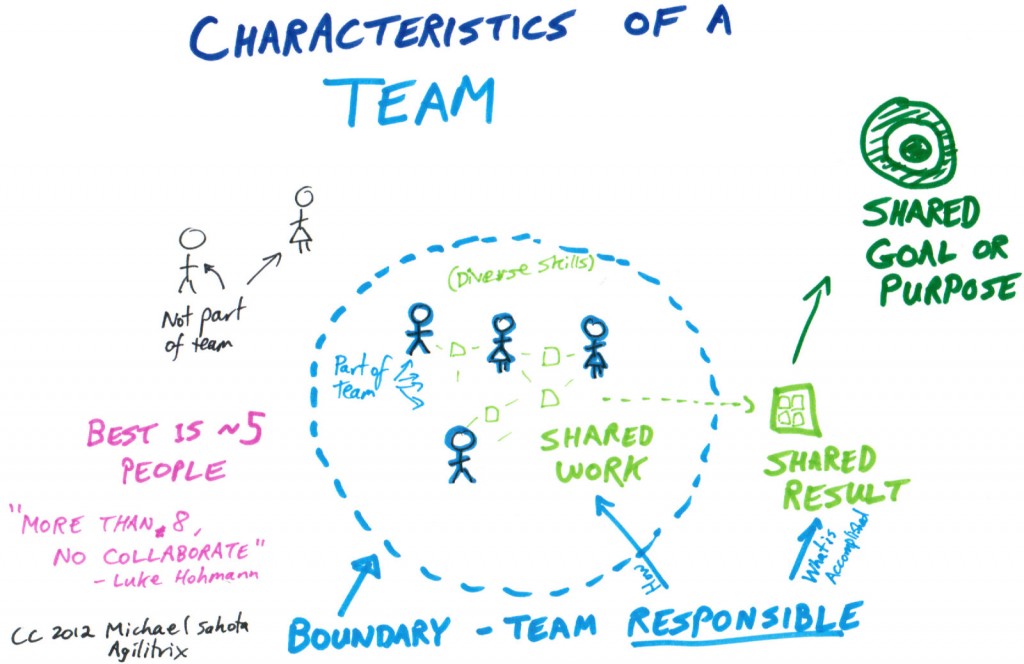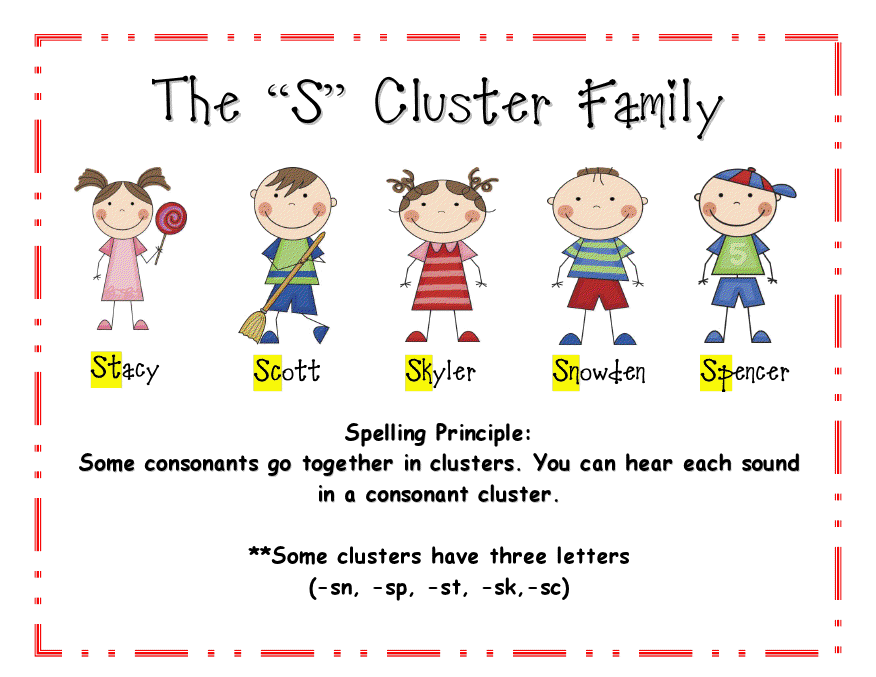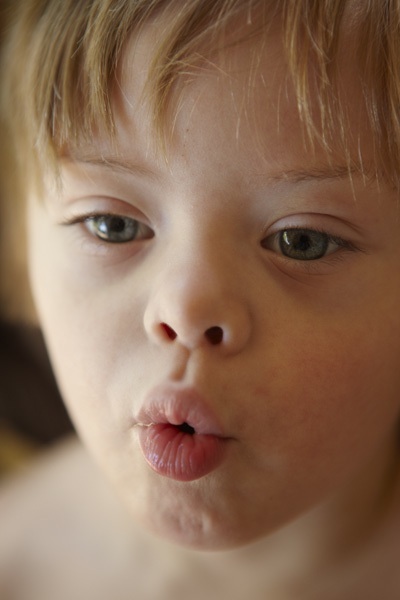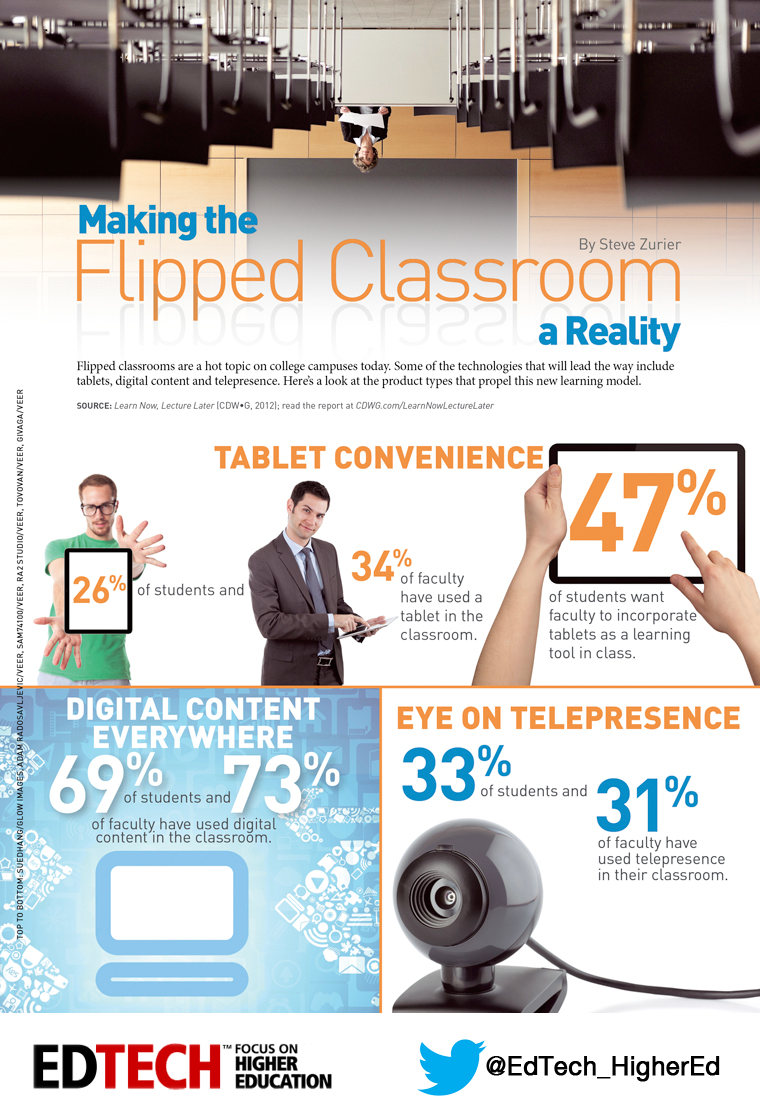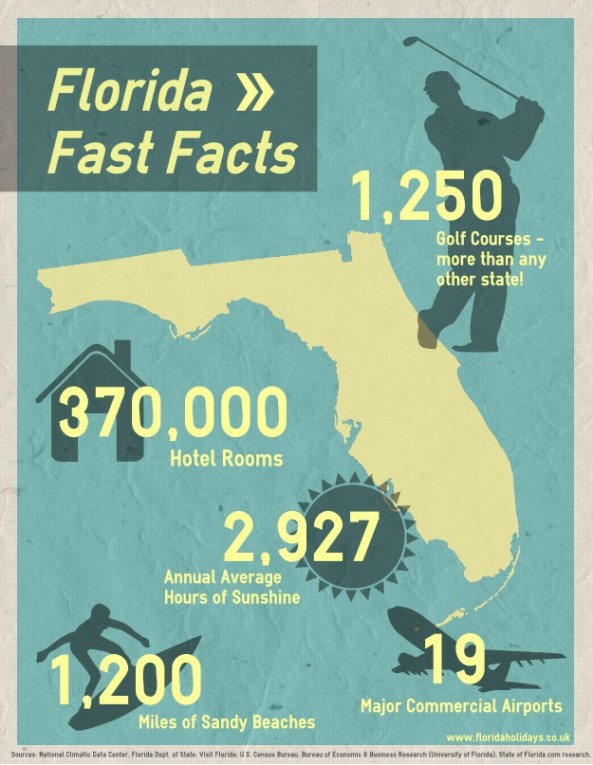Speech therapy is an exercise in successful collaboration. Not just between the SLP and the child, but between parents and SLPs, SLPs and teachers, SLPs and doctors or SLPs and other professionals. How many times have you ever done a job and wished you had some help? Be it cleaning up a room, filing your taxes or cooking a meal. Chances are, you wished you had some help for several reasons. Teamwork often gets the job done faster, makes the work easier, and helps you problem solve challenges. Effective and successful speech therapy requires the team approach with parents especially to promote generalization, enhance learning and ultimately achieve goals sooner.
Treating Cluster Reduction for S in Speech Therapy
Speech Therapy Techniques
Speech therapists must target a variety of phonology and articulation issues in therapy. Today we’ll talk about treating cluster reductions for the /s/ sound. The /s/ sound is found in a variety of combinations with other letters, called “blends.” Some /s/ words with a blend can include “spider” (the consonants blended together are s and p), “skate” (s and k) or “spoon” (s and p). When someone reduces the number of sounds in a blend, it is called cluster reduction. A child might have difficulty if you hear them saying “poon” for “spoon,” “sate” for “skate” or “pider” for “spider.” They might not be as tricky as teaching the /r/ sound, but clusters have their own treatment techniques in speech therapy.
The Best Speech Therapy Resources for the Treatment of Childhood Apraxia of Speech
Speech Disorders
Not all speech and language disorders are created equal. Some are trickier to treat than others. While each disorder brings about it’s own challenges, one, in particular, seems to give speech-therapists a bit of a question mark, Childhood Apraxia of Speech (CAS). CAS is a motor speech disorder. According to ASHA, “Children with CAS have problems saying sounds, syllables, and words. This is not because of muscle weakness or paralysis. The brain has problems planning to move the body parts (e.g., lips, jaw, tongue) needed for speech. The child knows what he or she wants to say, but his/her brain has difficulty coordinating the muscle movements necessary to say those words.” For SLPs new or looking for guidance in treatment or evaluation of CAS, there are a variety of great resources available.
Translating Tech Savvy Classrooms into Tech Savvy Speech Therapy
School
If you consider all the technological advances in education, it might be fair to say the classroom just ain’t what it used to be. Digital e-readers, iDevices, Smartboards and more are making their way to mainstream, like it or not. Just take a look at these headlines:
“Schools, Businesses Team Up to Put Technology in Classrooms”- NBC Dallas Fort Worth
“Technology changes face of classroom” – The Australian
“ New study shows schools are starting to spend big on iPads and other Tablets” – Tabtimes
These titles tell a tale of the new face of education, a tech-savvy classroom that speech pathologists must be aware of as well. While some schools or teachers might be late adopters, speech therapy techniques are advancing alongside the classroom and SLPs need to be prepared to keep up.
Florida Speech Language Hearing Association May Conference Coming Soon
State ResourcesAll speech pathologists need a bit of a vacation from speech therapy from time to time. Why not take that vacation to Florida for some fun in the sun and some continuing education at the same time? Get ready for the Florida Speech Language Hearing Association’s (FLASHA) annual conference, coming May 23-26th, 2013 in Marco Island, Florida. Here you’ll find a wealth of great lectures, sponsors and exhibits to progress your practice and time to work on your beach volleyball in between.

